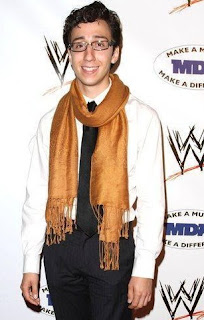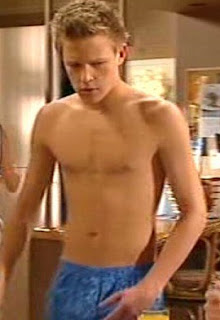The author was certainly possessed by demons, Peck yells, and anyone foolish enough to read it is in grave spiritual danger!
Turns out that Lynd Ward (1905-1985) was not at all obscure. He illustrated over 100 books, including Frankenstein, Beowulf, stories of O. Henry and Ambrose Bierce, modern bestsellers, and children's classics.
And he was not a Satanist. The son of a Methodist minister, he was a conservative Christian. His six wordless "novels in woodcuts," forerunners of the modern graphic novel, all excoriate the decadence and decay of a modern civilization that has turned its back on God.
Gods' Man (1929): a man sells his soul to a Mysterious Stranger in exchange for artistic fame, but hates the decadence, decay, and sexual licentiousness of the art world. He tries to find happiness in the woods with a wife and kids, but it's too late: the Stranger comes for him.
Madman's Drum (1930): a demonic drum from Africa destroys a man's life. His wife and two daughters succumb to sexual licentiousness and die, and then, driven insane, he consorts with his wife's lover.
Wild Pilgrimage (1932): a factory worker escapes from the decadence and sexual licentiousness of the modern world by fleeing to the woods, but sexual licentiousness follows him there.
And so on...
Grotesquely over-moralizing contempt for modern society, and especially for sexual desire. An over-idealized heterosexual nuclear family provides the only salvation from the horrors of sex.
Both men and women stand at the gate of Hell.
And the woordcuts show them. In detail.
Stylized art deco muscles. Men shirtless and nude. Bulges. Backsides. Penises.
The physiques mostly belong to monsters, or to men who are doomed by their sexual licentiousness. But still....Lynd Ward liked drawing men.
He also drew nude women, symbols of the sexual licentiousness that leads men to destruction.
He was an equal opportunity Puritan.
Maybe his temptations...and his passions...extended to both men and women.
By the way Ward's protege, Don Rico (1912-1985), published many novels about gay men and lesbians: The Man from Pansy, The Odd World, Brand of Shame, Women Like Me, School of Lesbos, The Gay and the Savage.





















